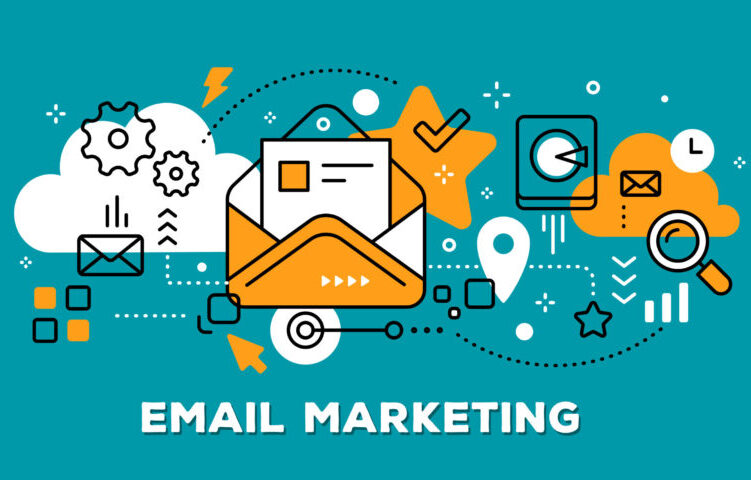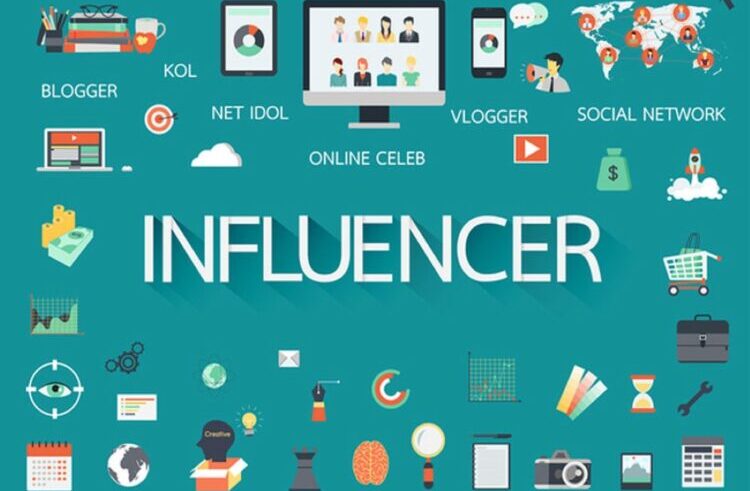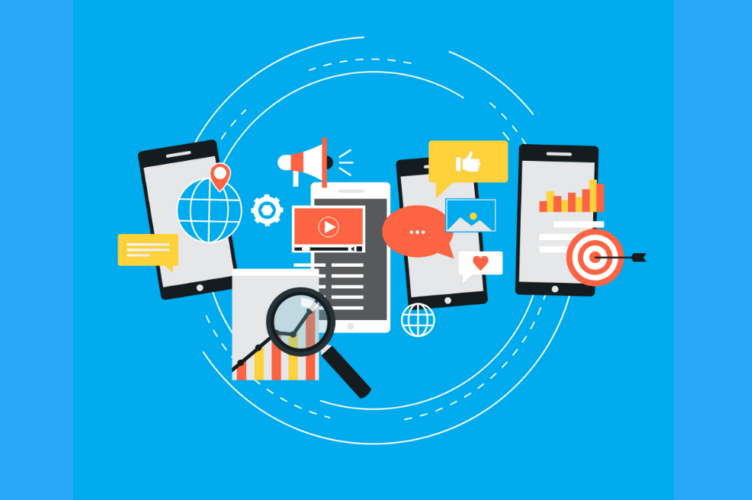10 Digital Marketing Strategies to Boost Your Online Presence

In the rapidly evolving digital world, a robust online presence is more than a necessity—it’s an art. Mastering this art means understanding and implementing a variety of digital marketing strategies that resonate with your target audience and distinguish your brand in the crowded online space.
This guide delves into 10 key strategies, each an essential brushstroke in the broader picture of digital marketing. From the technical finesse of SEO to the creative flair of content marketing and the personalized touch of email campaigns to the broad reach of social media, these strategies are the building blocks of a successful online presence.
By integrating these approaches, you can craft a digital marketing masterpiece that not only captures attention but also fosters lasting engagement and growth.
1. Search Engine Optimization (SEO): Maximizing Visibility

SEO is not just about improving search rankings; it’s about understanding your audience. What are they searching for? How can you provide the best answers? It involves meticulous keyword research, optimizing website content, and ensuring your site is mobile-friendly.
Moreover, SEO is an ongoing process. The digital landscape changes rapidly, and staying up-to-date with the latest SEO trends and algorithm updates is crucial for maintaining and improving your online visibility. Remember, SEO is a marathon, not a sprint. Patience and consistency are key.
2. Using Stock Photos: Visual Storytelling with Authenticity
While stock photos are convenient and cost-effective, their misuse can lead to generic branding. The key is to select images that complement and elevate your content. Look for photos that are high-quality and relevant to your message.
Customizing stock photos, like adding your brand colors or overlaying text, can make them more unique. Remember, the visuals you choose are a reflection of your brand, so select images that resonate with your brand’s identity and values.
3. Content Marketing: Building a Brand Narrative

Effective content marketing is storytelling that connects with your audience. It’s about understanding their needs and interests and creating content that addresses these. This could be through informative blog posts, engaging videos, or insightful infographics.
The goal is to provide value, establish authority, and build trust. Consistent, high-quality content not only draws in an audience but also encourages them to return. Furthermore, content marketing supports other digital marketing strategies, like SEO and social media marketing, creating a comprehensive digital presence.
4. Social Media Marketing: Fostering Community Engagement
Social media is a dynamic platform for interaction and brand promotion. It’s not just about posting content; it’s about creating conversations and building a community. Engage with your followers through regular updates, prompt responses to comments, and interactive content like polls and live streams.
Tailoring your content to each platform maximizes its impact. For example, Instagram is visual, while Twitter is concise and direct. Understanding these nuances and leveraging each platform’s unique strengths enhances your social media presence.
5. Email Marketing: Cultivating Customer Relationships

Email marketing is a direct line to your audience. It’s more than sending newsletters; it’s about segmenting your audience and personalizing content to meet their interests and needs. Automated campaigns can nurture leads, and targeted promotions can incentivize purchases.
The key is to provide value in every email, whether it’s educational content, exclusive deals, or updates about your business. With a well-executed email marketing strategy, you can turn subscribers into loyal customers and advocates for your brand.
6. Pay-Per-Click (PPC) Advertising: Achieving Immediate Impact
PPC advertising offers a unique advantage – immediate results. While SEO builds over time, PPC can increase visibility as soon as your campaign starts. It’s not just about Google Ads; consider platforms like Facebook, LinkedIn, and even Bing.
Each platform offers different targeting options, allowing you to reach specific demographics, interests, or even behaviors. Additionally, testing and refining your ads based on performance data ensures your budget is spent effectively, maximizing your return on investment.
7. Influencer Marketing: Amplifying Brand Reach

Influencer marketing goes beyond celebrity endorsements. It’s about finding influencers who align with your brand values and resonate with your target audience. These could be micro-influencers with niche, engaged followings, or local influencers with a strong community presence.
Collaborations can range from sponsored posts to product reviews or co-created content. The authenticity and credibility influencers bring can significantly boost brand awareness and customer trust.
8. Video Marketing: Engaging Audiences Visually
Video content is increasingly dominating the digital space. From how-to guides and product demos to customer testimonials and behind-the-scenes glimpses, video offers a dynamic way to engage your audience.
Platforms like TikTok and Instagram Reels have revolutionized short-form video content, offering creative ways to reach younger audiences.
Remember, the key to successful video marketing is authenticity and creativity. Videos should be engaging, informative, and reflective of your brand identity.
9. Mobile Marketing: Connecting with Audiences Anywhere

Mobile marketing is essential in a world where smartphones are ubiquitous. It’s not just about having a mobile-friendly website. Consider mobile apps, SMS marketing, and even location-based services. Mobile marketing allows for highly targeted and personal interactions.
Push notifications can inform users of sales or new content, while SMS campaigns can offer exclusive deals. In mobile marketing, personalization and timeliness are crucial for engaging effectively with your audience.
10. Analytics and Data-Driven Decisions: The Backbone of Strategy
Analytics isn’t just about numbers; it’s about insights into customer behavior. Tools like Google Analytics provide valuable data on website traffic, user behavior, and campaign performance. This data informs your marketing strategies, allowing for more targeted and effective campaigns.
Regularly reviewing and analyzing this data helps you understand what works and what doesn’t, enabling you to continuously refine your digital marketing efforts for optimal results.
Conclusion: A Symphony of Strategies
In conclusion, a strong online presence requires a multifaceted approach. Each of these 10 strategies plays a vital role in your overall digital marketing symphony. By integrating them cohesively and continuously adapting to the digital landscape, you can create a powerful online presence that resonates with your audience and drives business success.




